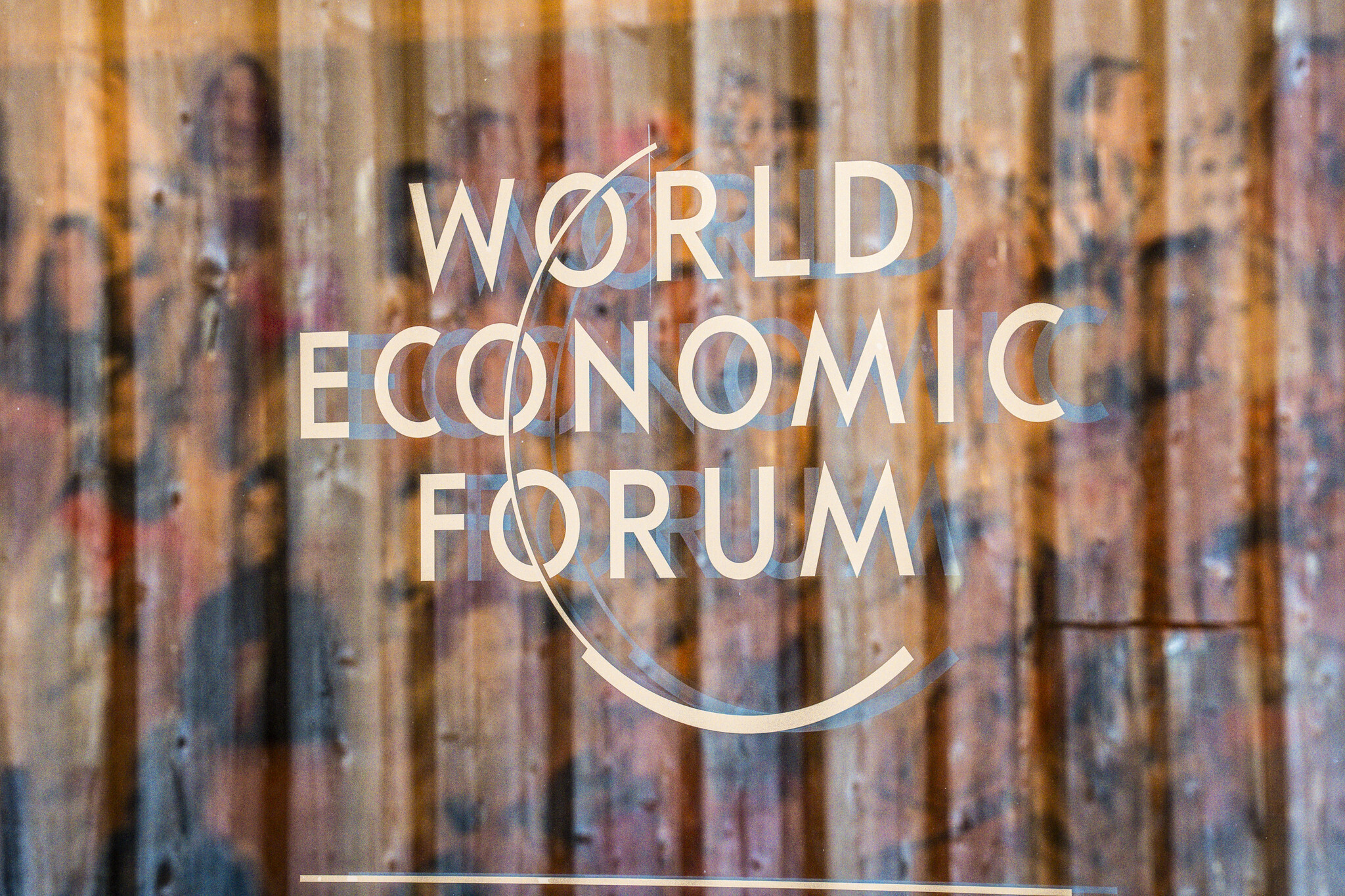The Amazon is near a tipping point: We need urgent nature-based solutions

The atmosphere of the Amazon is getting drier and warmer, and extreme weather events intensify that trend. Image: Joédson Alves/ Agencia Brasil
- The Amazon is at the edge of a tipping point of "savannization" due to the combination of climate change and land use changes.
- We need urgent nature-based solutions (NbS) while transitioning to a net-zero emission economy.
- In addition, we need large-scale restoration projects using native species and a new socio-bioeconomy to drive a new economic cycle, combining the knowledge of local communities and Indigenous people with science.
The Amazon is at the edge of a tipping point of "savannization". The risk of a tipping point is due to the synergistic combination of climate change (e.g., the higher frequency of extreme droughts, such as the one in 2023, affecting rivers, atmosphere, and biodiversity) and land use change (e.g., deforestation, degradation and wildfires). Global climate and land use changes have reduced the resilience of the Amazon rainforest and its capacity for recovery.
The Amazon biome has already lost 16% of its forests and 17% of remaining forests have been degraded. Deforestation is concentrated in southern and eastern Amazon, creating an arc of deforestation. In southeastern Amazon, forest loss reached 28% and temperature is 3.1 oC higher in the dry season month. Observations indicated that the dry season over all eastern and southern Amazon is 4-5 weeks lengthier since 1979. It is also 2-3 oC warmer and 20-30% drier, which may cause agriculture losses in the order of US$ 1 billion per year (or $9 ha/year).
The atmosphere of the Amazon is getting drier and warmer, demanding drought tolerance strategies in forests adaptation. Over that area, a mortality increase of wet-climate tree species is already being observed.
Extreme climate events, such as El Niño-driven droughts of 2015-2016 and now 2023-2024, and also droughts caused by warm Tropical North Atlantic temperatures (2005, 2010, and also 2023-24), intensify these trends, with carbon emissions from forest fires and biomass mortality increasing and ecosystem productivity decreasing, impacting hundreds of thousands of local people.
What’s the World Economic Forum doing about climate change?
Amazonian forest dieback, driven by cascading effects of land use and climate changes, would prevent primary and secondary forests from removing almost 1 billion tonnes of CO² per year and recycling up to 50% rainfall, making the region a permanent carbon source.
We need urgent Nature-based Solutions (NbS), zero deforestation, degradation and fires while transitioning to a net-zero emission economy. During 2023, deforestation has decreased in most Amazonian countries, such as Brazil (59%) and Colombia (67%), reflecting recent law enforcement of environmental protection policies. This positive trend has contributed to an 8% reduction in Brazil's emissions, emphasising the significant environmental impact of curbing Amazon deforestation.

In addition to that, we urgently need to set large-scale forest restoration projects. During COP28, Brazil launched the Arc of Restoration project to restore 24 million hectares of deforested and degraded lands of Brazilian Amazon by 2050, with national and international investments expected at US$ 20 billion dollars and more than 10 million jobs generated.
The rapid growth of the restored forests (natural regeneration of 30-40% and reforestation of 60-70% of the total area to be restored) will reduce the risk of tipping point, in addition to removing several hundred million tonnes of CO² per year (5-11 tCO² ha−1 yr−1), combating the climate emergency. Although species diversity recovery may span over six decades under natural regeneration, recovery of forest functionality occurs earlier within a range of 3 to 27 years. This underscores the importance of initiating restoration efforts now.
Restoration with agroforestry systems using native species has the potential to drive a new economic cycle in the Amazon, with the implementation of a new socio-bioeconomy of healthy standing forests and flowing rivers. In Brazil, forests converted into pastures left 60% of lands under degraded states, which represents an opportunity for restoration with agroforestry systems.
There is great socio-economic potential for expanding community-based agroforestry systems throughout the Amazon. These systems can yield a wide array of socio-biodiversity products, such as açai (Euterpe oleracea), rubber (Hevea brasiliensis), and other non-timber forest products. This diversification holds the promise of creating added value and generating income, with the potential to reach 8.2 billion dollars per year by 2050, thus delivering a diverse array of ecological and socio-economic benefits and alleviating resource-use pressure on natural areas.
The management of a large number of species such as cocoa (Theobroma cacao), cupuaçu (Theobroma grandiflorum) and cassava (Manihot esculenta), among many others, in agroforest systems has the potential to provide substantial profits, highest than cattle and soybean monoculture, with returns ranging from $300 to $700 per hectare per year, thereby creating employment opportunities for 20 to 40 individuals per 100 hectares.
Public policies, such as Brazil's Food Acquisition Program and Bolivia's Universal Prenatal Subsidy for Life, showcase the potential of the non-timber forest product supply chain to benefit the forest ecosystem and the livelihoods of producer and consumer families. Many of these families reside in economically, socially, and health-vulnerable situations.
It is necessary to combine the knowledge of Indigenous peoples and local communities with science to produce innovative technologies for this socio-bioeconomy, with value-adding via bio-industrialization of socio-bioproducts. Investments in technologies for processing raw products into industrialised items will be required to achieve this. These investments are crucial for adding value to regional products, as recommended by the Amazon 4.0 initiative, including those derived from forest and river restoration efforts.
For instance, the investment required to establish a modest technology factory is around US$ 100,000, generating over US$ 170,000 per year, directly benefiting more than 300 families. An additional case of bio-industrialization is the Agricultural Cooperative of Tomé-Açu – CAMTA, located in the state of Pará, Brazil.
After the establishment of technological facilities in 1987, CAMTA initiated a fruit pulp agroindustry supported by agroforestry management. This venture presently engages the participation of 172 cooperative members and collaborates with over 1,800 registered smallholdings for the supply of raw materials. Today, CAMTA exports its products to countries such as Argentina, Japan, the United States, Germany, France, and Israel.
Nature-based Solutions (NbS) for forest conservation and restoration can be realized through the mobilization of climate finance on a large scale. The simultaneous challenges posed by climate change and biodiversity loss jeopardise nature's essential contributions to human well-being, livelihoods, economies, and Sustainable Development Goals.
Addressing these challenges requires a paradigm shift, moving away from the current predatory economic model toward a new socio-bioeconomic approach anchored in the preservation and restoration of forests, recognising the value of Indigenous and local community knowledge, and with incentives to the physical, digital, and biological technologies of the Fourth Industrial Revolution.
Despite existing obstacles, the Amazon provides inspiring examples that showcase the feasibility of achieving a more environmentally sustainable and socially equitable future, moving away from Amazon tipping points and protecting the biodiversity and all ecosystem services and improving the livelihoods of all Amazonian populations.
Don't miss any update on this topic
Create a free account and access your personalized content collection with our latest publications and analyses.
License and Republishing
World Economic Forum articles may be republished in accordance with the Creative Commons Attribution-NonCommercial-NoDerivatives 4.0 International Public License, and in accordance with our Terms of Use.
The views expressed in this article are those of the author alone and not the World Economic Forum.
Stay up to date:
Climate and Nature
Forum Stories newsletter
Bringing you weekly curated insights and analysis on the global issues that matter.
More on Forum in FocusSee all
Gayle Markovitz
October 29, 2025







